A good question for your upcoming Lent quiz: where are angels mentioned in the Nicene Creed? I asked this at a vicarage supper party after finishing Peter Stanford’s highly informative book about angels, which had left me angel-obsessed and an angel bore. No one came up with the answer. ‘Of all things visible and invisible, of course!’, I declared triumphantly.
Once you see it, it’s obvious that the ‘invisible’ are the angels, but it had never occurred to me before. The Early Fathers, drawing up their unifying statement at the Council of Nicaea in 325, needed to make it clear that the angels were a part of God’s creation, fighting back against the Gnostics, who worshipped angels but believed that everything to do with this world was the work of the devil, and that the only angels involved in creation were fallen ones.
Writing that has reminded me that Stanford’s book, though excellent, is theologically quite complicated. You need to be a willing pupil to read, mark, learn and inwardly digest it. I’ve just re-read the bit about exactly what the Gnostics believed about angels and am still confused. Theology can be baffling.
Angels are a tricky subject to tackle, being so nebulous and fleetingly glimpsed. I take my hat off to Stanford for having a go. The book has changed my life, as I now think about angels all the time and keep spotting them in paintings, on book jackets and in the verses of hymns. I’ve never read a book with so many winged figures, sudden encounters between humans and strange visions, angel-adorned gates, haloes, gowns, bare feet and moments on mountains when someone sees something dazzling in a dream. If you concentrate, you’ll be taken on a thrilling journey through theological discussion, with a generous helping of art history thrown in.
Stanford opens the book enticingly, telling us how his Catholic mother, who had multiple sclerosis, used to leave her wheelchair outside shops in Liverpool in the 1970s. His father would worry it might be stolen, but she’d reply: ‘Oh Reg, cheer up. My guardian angel is looking after it.’
She was, and is, typical: belief in angels is alive and well. Twenty-one per cent of Brits who never worship in church, as well as 7 per cent of atheists, say they believe in angels; and of those who claim to have seen one recently, 31 per cent say they beheld ‘wings and a white gown’, 17 per cent ‘ordinary garb’, 12 per cent ‘an infusion of light’, 9 per cent experienced ‘a special smell’, another nine per cent ‘felt a presence’, and 5 per cent ‘heard a heavenly choir’. With their ‘freelance’ roles as protectors, Stanford suggests, angels ‘fit into the anti-institutional mood of modern times’; they are ‘a flexible, unregulated receptacle for a range of ideas we want to project onto them’.
By taking us on a detailed theological tour through (among other religions) Zoroastrianism, Islam, Judaism and Christianity, Stanford shows how angels have always been just that: a receptacle for the range of ideas people wanted to project. Some wanted angels to be godlike, some wanted them manlike and some placed them halfway up the ladder between Earth and Heaven.
I got a bit bogged down near the beginning with the angel-like favrashi of the Zoroastrians, the Hindu gandharra and the Buddhist bodhisattvas, and was relieved to reach Genesis, where the angels were plain and wingless. They were punishers back then, standing sentry at the gates of Eden, preventing Adam and Eve from re-entering.
More baffling theology comes later in Genesis, when Jacob wrestles with an angel who dislocates his hip, but it’s unclear whether it was an angel or whether it was in fact God. There’s similar confusion with the ‘angel of Yahweh’, who prevents Abraham from killing Isaac, and then starts saying ‘me’ as if he were God. Typical of the Bible: leaving things just unclear enough that people will argue about them for millennia.
Angels first acquire their wings in Exodus and their names (Michael and Gabriel) in Daniel. From now on, they become intermediaries as well as guardians: ‘a conduit between the Jewish people and their God.’ Good. The Book of Enoch mentions thousands of them, and claims that Uriel is an equal of Michael, Gabriel and Raphael among ‘the Watchers’; but because Enoch is Apocryphal and ‘not part of the canon’, official teaching has limited the roll-call of chief angels to the latter three. Indeed, Stanford writes in a jolly ‘A-Z’ of angels spread out between the chapters: ‘Uriel is to Michael, Gabriel and Raphael what “the fifth Beatle” is to John, Paul, George and Ringo.’ Let’s hear it for Uriel! Luckily, Milton had a soft spot for him.
Stanford is a brilliant art-history teacher, and I now long to go to Santa Maria Maggiore in Rome to see the earliest depictions of angels in its mosaics, and to the Uffizi to see Leonardo’s angels that ‘show his obsession with how to build a flying machine’. I’ll also listen out for any mentions of angels in sermons. Mainstream churches, Stanford writes, use them ‘sprinkled like a cake decoration’ in their sermons, but we need our churches to devote more detailed study and theological reflection to them.
Got something to add? Join the discussion and comment below.
Get 10 issues for just $10
Subscribe to The Spectator Australia today for the next 10 magazine issues, plus full online access, for just $10.
You might disagree with half of it, but you’ll enjoy reading all of it. Try your first month for free, then just $2 a week for the remainder of your first year.

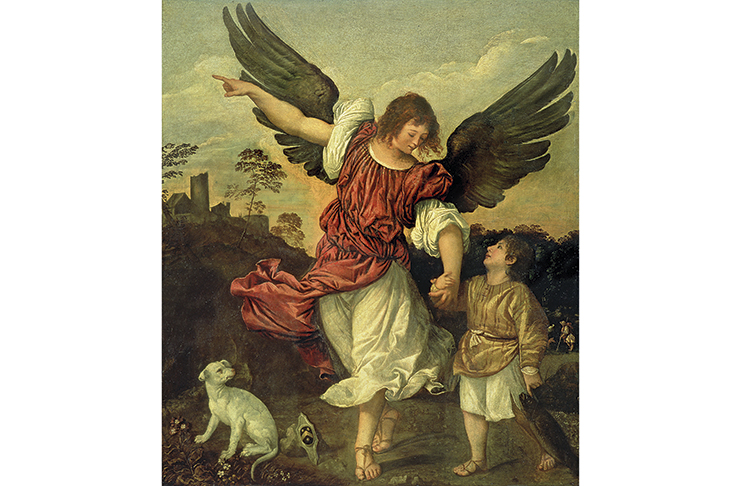

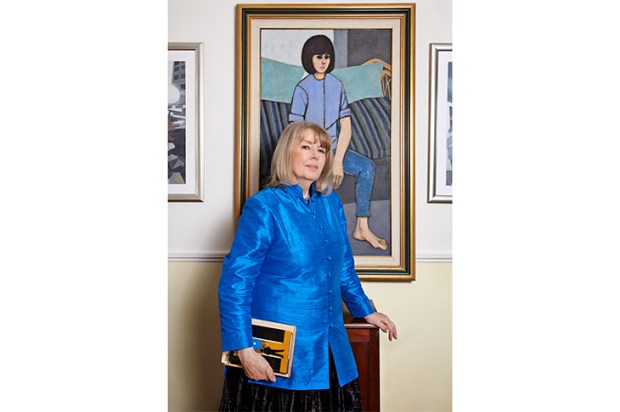
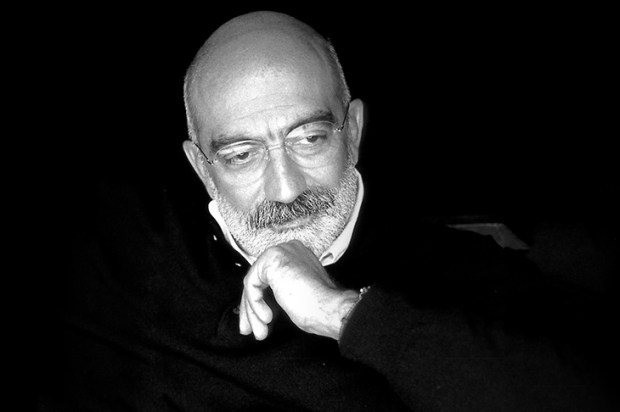
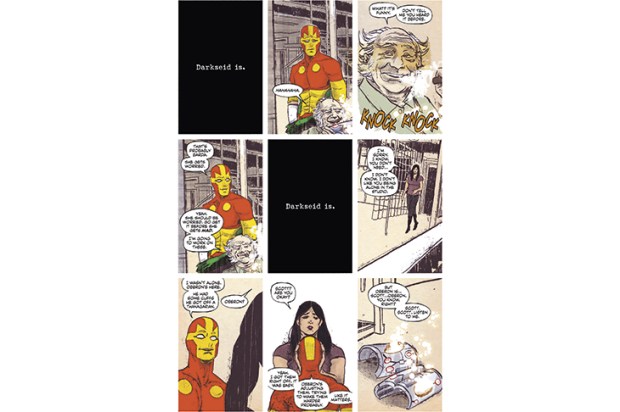
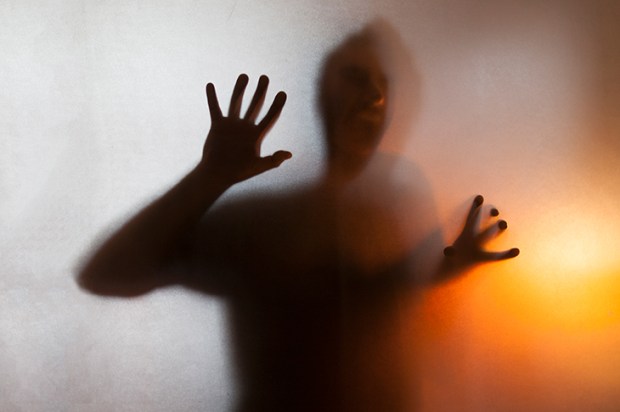
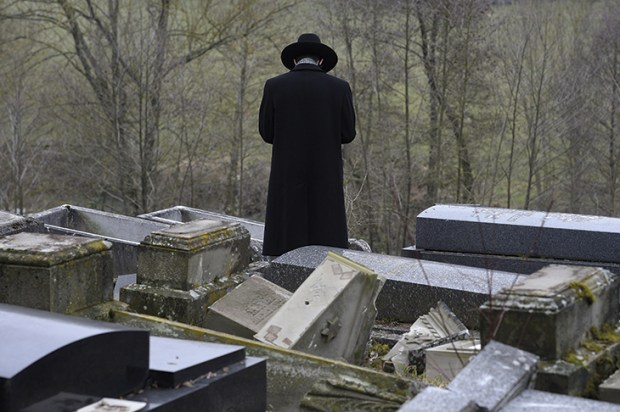






Comments
Don't miss out
Join the conversation with other Spectator Australia readers. Subscribe to leave a comment.
SUBSCRIBEAlready a subscriber? Log in